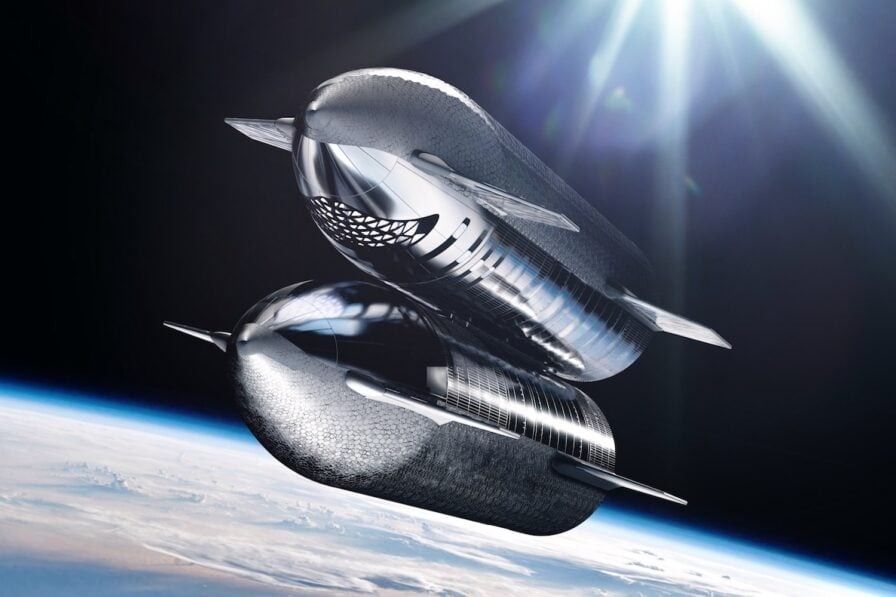SpaceX is preparing to conduct a test flight in early 2025 that involves refueling two Starship spacecraft in orbit, an important step toward realizing interplanetary missions. Deputy program manager of NASA’s Human Landing System program, Kent Chojnacki, said the test launch was scheduled for March 2025. In-orbit refueling will be a key part of future missions, particularly the Artemis program, which involves landing astronauts on the Moon.

NASA awarded SpaceX a $53.2 million contract back in 2020 to develop fuel transfer technologies in space. SpaceX has already tested the system on one test flight, transferring 10 tons of liquid oxygen within one Starship spacecraft. However, a future test will require much more power. The two spacecraft will be launched into low Earth orbit a few weeks apart, then dock for fuel transfer. After completing the maneuver, both Starship spacecraft will return to Earth.
In-flight refueling aims to pave the way for large cargoes to be transported far beyond the Earth. It will also help NASA develop technologies to manage the cryogenic fluids needed for a long-term presence on the Moon and future missions to Mars. SpaceX is developing a lunar version of Starship to land astronauts as part of the Artemis III mission in 2026. This will require 8 to 16 fuel tankers carrying liquid oxygen and methane to orbit to refill the large fuel tanks.
The Starship program faces challenges due to the slow progress of development, but the company has made some success. In October, the Super Heavy rocket successfully landed after its fifth test flight, while Starship’s upper stage softly splashed down in the Indian Ocean. In the future, the Starship landing module should provide a lunar landing during the Artemis III program and subsequent missions.
While SpaceX still has many objectives to accomplish, the company is under significant pressure due to NASA’s high expectations.
Earlier we shared some interesting facts about Starship.
Provided by techcrunch.com


